Strength Training for Endurance Athletes
How to get started with core strength training for endurance sports
While it's possible for long-distance runners, cyclists, swimmers, and triathletes to train exclusively in their sport, it shouldn't be overlooked that your performance can benefit greatly from also including consistent strength training. Read on to learn how simple drills can propel you to new personal records...
Strength training may not be universally embraced by all endurance athletes, but countless people have reaped the benefits, particularly in the off-season when you have more time to target and build upon specific strengths (as opposed to just racking up lots of miles).
Keep your easy days easy, and dedicate your rest days to resting.
If you're new to this, it's best to start by building up your core strength with basic exercises. Right from the start you should add 30-minutes of this training twice a week, preferably on days that are dedicated to cross-training, or close to a harder endurance workout. Keep your easy days easy, and dedicate your rest days to resting.
What exercises should you do during your biweekly 30-minute routines? Some of the most popular endurance-athlete focused drills are explained below. You should start with body-only, core-strengthening exercises like planks and plyometrics (both are explained below), in addition to push ups, squats, lunges, and if a rowing machine is available — hop on it.
These workouts count. Track them.
Just because you're not running, cycling, or swimming doesn't mean you shouldn't track your strength training workouts. A 30-minute session will impact your overall fitness, and in order for the Training Load section of your SportTracks Health page to be accurate, you should be recording and logging these workouts.
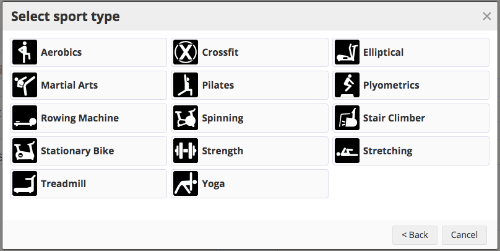
Even if you just enter in a manual workout, SportTracks features a large variety of activity types that you can easily apply. You can enter in the amount of time that you worked out, and the intensity. If you have a sports watch and a heart rate monitor, consider using them to track these workouts. The more data you record, the more accurate your charts will be.
Get your plank on
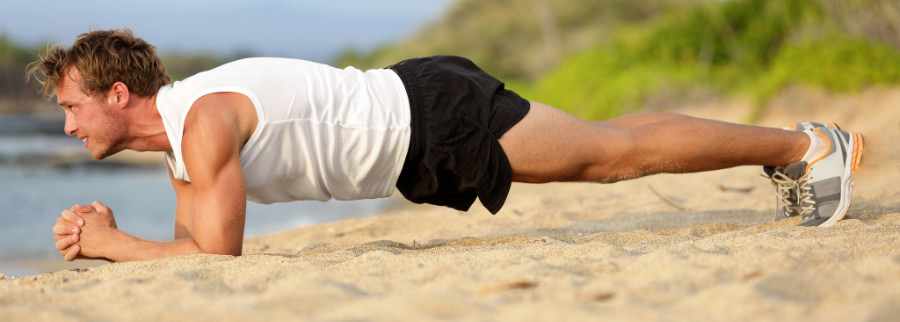
When we talk about planking, we're not referring to the silly internet fad from 2010. There are many variations of this static, board-like exercise, but a solid way to start out is with the basic plank that's pictured above:
- Get on the ground and support your weight on your elbows and toes
- Keep your shoulders lined up above your elbows
- Feet spread slightly apart
- Keep your back straight, and head in line with your back
- Keep your abdominal and glute muscles tight
- Hold for 45 seconds to a minute, and repeat 4 to 5 times
Plank variations
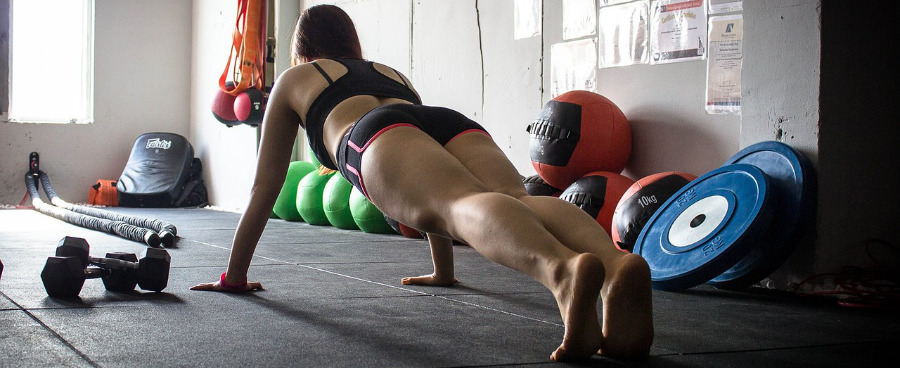
Instead of resting on your elbows, go up on your hands, like the upward position of a push up. This is a standard plank, and it's slightly more intense. Keep your hands under your shoulders, and your back straight. Again, hold for 45 seconds to a minute, and repeat 4 to 5 times.
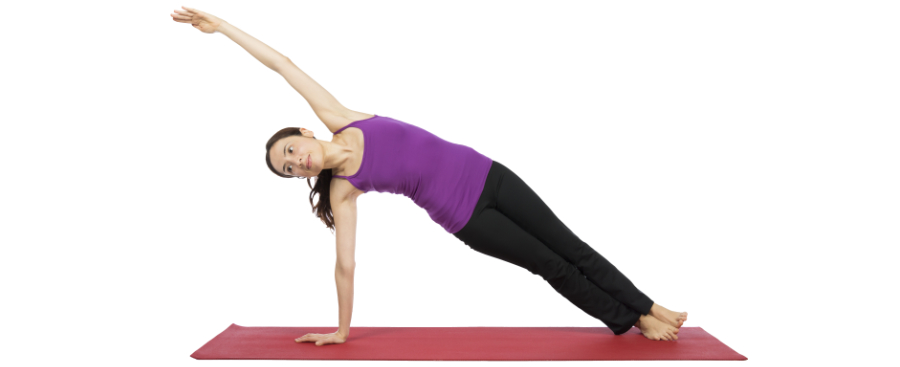
A side plank will work the sides of your core, adding to your overall strength. Support your body with one arm, while keeping your feet beside one another (like in the photo above). Raising your opposing arm is optional, as it makes this exercise more intense. Repeat on both sides to work both sides of your core.
Plyometrics: Fancy talk for jumping
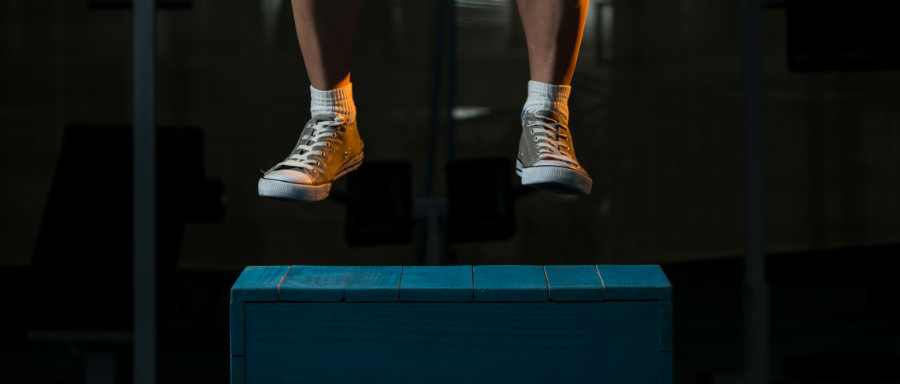
Plyometrics are short, high-energy exercises that have you bounding up and down. There are lots of variations, from simply jumping rope to hopping up to boxes at knee-level height on one foot. These exercises are used by sprinters and high jumpers, but for endurance athletes they can improve your speed, power, and flexibility. They're also very helpful for improving your running form and reducing your ground contact time.
Even though this exercise has explosive movements, the goal isn't to thrash around aggressively. It's quite the opposite. You should focus on making soft landings and maintaining smooth transfers of your weight and body position.
Instead of going from nothing to repetitively hopping onto a 24-inch box, gradually ease your way in. For starters, if there's a jump rope lying around, pick it up and have a go. It's more likely difficult than you realize. Try alternating feet, and jumping with both feet from side to side.
Squat Jumps
Before you start jumping onto boxes, condition your body to the motions with squat jumps:
- Standing with your feet at shoulder distance apart, lower into a squat
- Stick your posterior out and keep your knees behind your toes
- Push off with your toes and jump straight up
- Straighten your legs in the air
- Land as softly as you can, drop right back into the squat position and repeat
- Do 3 sets with 8 to 10 repetitions each
Box Jumps
When you're ready to step up to box jumps, start with a low 6-inch (15 cm) pylo box, and gradually work up to using taller boxes as you grow more confident:
- Standing in front of the box, bend your knees
- Jump with both feet, and swing your arms to guide yourself
- Land on top of the box as lightly and quietly as possible
- Carefully step down again (don't jump down), and repeat
- Do 3 sets with 8 to 10 repetitions each
Wrapping up
The exercises covered in this post just scratch the surface of strength training for endurance sports. There are many benefits endurance athletes can gain by incorporating specific weight training exercises, and by utilizing additional core-strengthening drills. But, the moves covered in this post can serve as a base to make you stronger today and well into the future.
| Article written by Sam Mallery, Director of Marketing, Zone Five Software Inc. |
